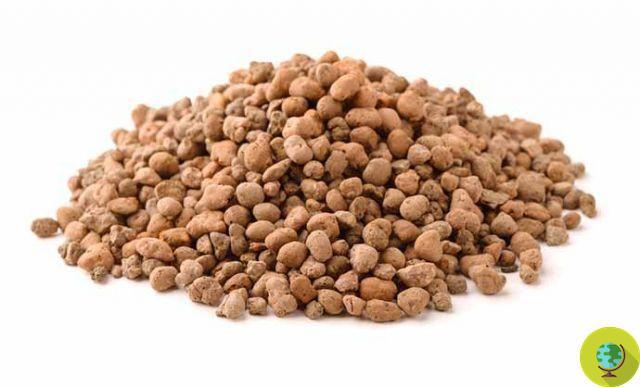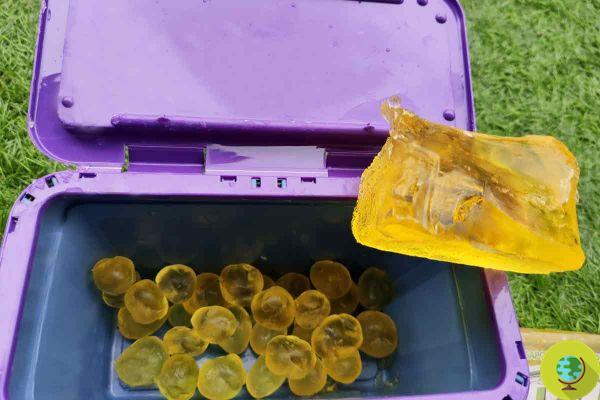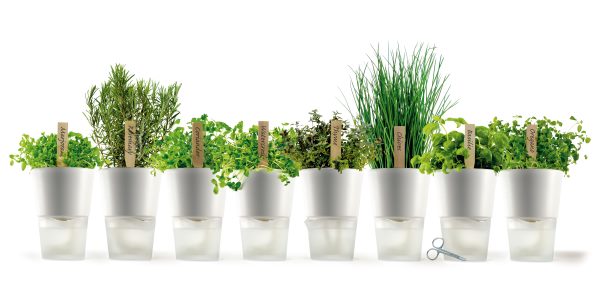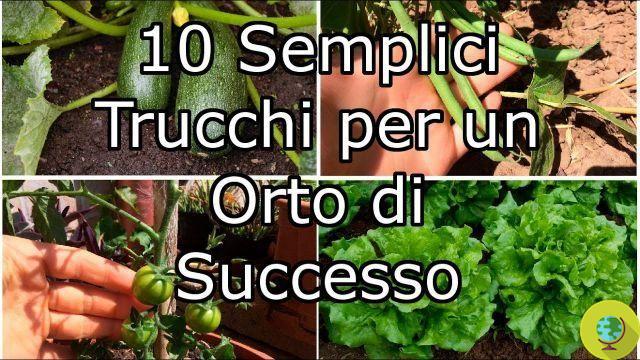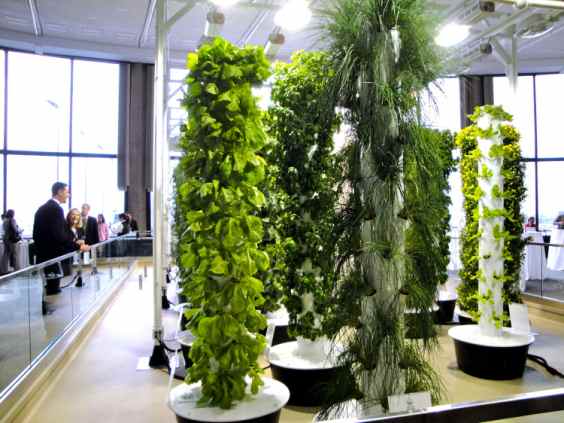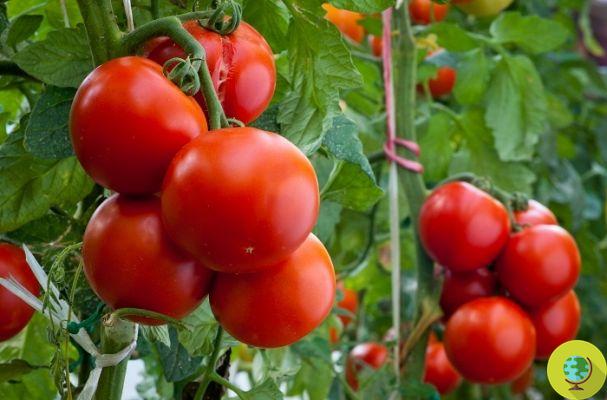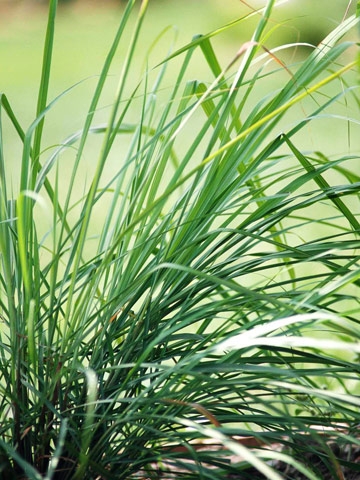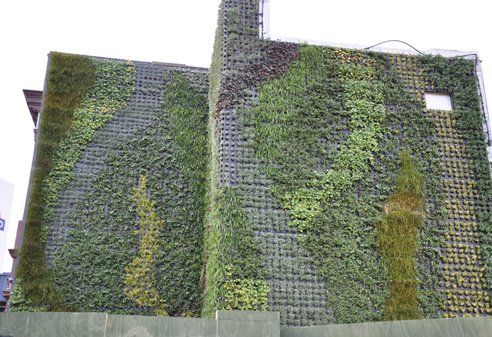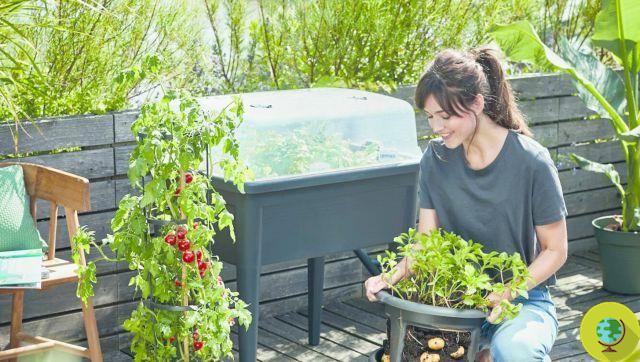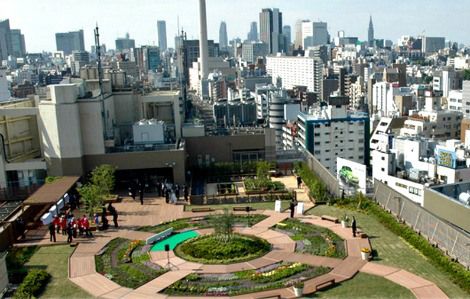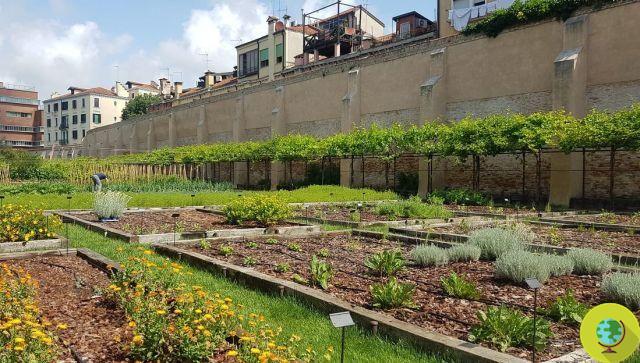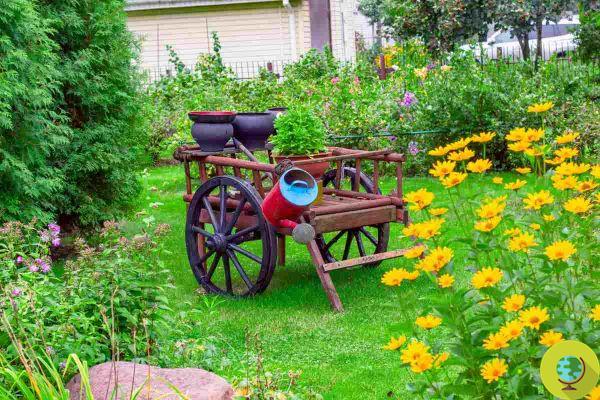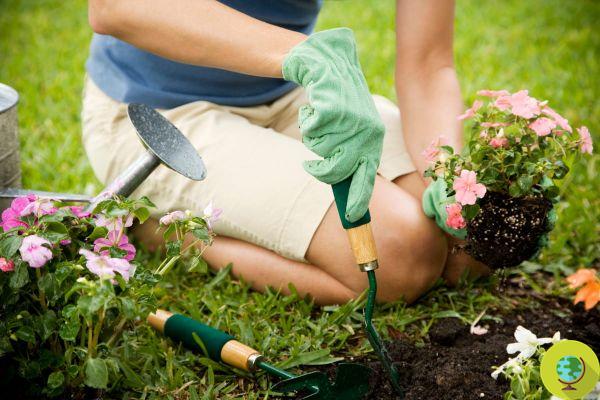
Forced to spend more time at home, many people have discovered (or rediscovered) their green thumb
He is about to end up run over, his mother saves himFollowing the Covid-19 pandemic, the "urban" gardening has received a new impetus, to the point of creating a new trend: the micro gardening, that is "micro gardening". Forced to spend more time at home, many people have discovered (or rediscovered) their green thumb; consequently, more or less narrow spaces, both inside and outside the house, have been transformed into small green corners, dedicated to a demanding but at the same time relaxing hobby.
Index
What is micro gardening
Basically, micro gardening is a practice that consists of growing vegetables, herbs, roots, shrubs or tubers in very small spaces, in a predominantly urban and residential context. The favorite spaces for micro gardening are terraces, balconies, flower beds and even roofs. Various plant species usually come sown or planted in small containers, mostly made from recycled objects such as pipes, old tires, plastic buckets, garbage cans or any other object that may be suitable for containing soil and plants. Alternatively, you can use special supports to create small hydroponic crops, more suitable for indoor spaces (especially for shelves and racks with good sun exposure during the day). A characteristic aspect of micro gardening is sustainability, not only as regards the recycling of containers but also for the use of rainwater instead of running water. Furthermore, those who do not have large horizontal surfaces can create their own micro vertical garden, using wooden pallet and the like to secure pipes and other containers.
What you need to do micro gardening
As mentioned, a little space (with a fair amount of sun exposure) and some recovery containers are enough to create a micro garden. Of course, they are also needed seeds and seedlings, to be chosen according to the season (for vegetables) or personal preferences (for flowers and small decorative shrubs). It is good to have some available too accessory from gardening for planting, pruning and other small interventions of this type. Everything can be found conveniently online, through an e-commerce specialized in gardening items come My Green Help.
Despite being a cultivation method based on recovery and sustainability, micro gardening can be organized in a complex way, using more or less sophisticated rainwater collection and distribution systems, depending on the needs and practical possibilities.
What can be grown in a micro garden
Despite the small spaces, micro gardening can be very productive. According to research from the Food and Agricultural Organization of the United States, an eleven square foot (just over 3 meters) micro garden is capable of producing 200 tomatoes a year, ten cabbage every three months, over thirty tufts of lettuce every two and a hundred months onions every four months. In addition, they can be cultivated broccoli, dwarf carrots, chillies, eggplant, zucchini and cucumbers.
Micro gardening is especially popular with millennials
The nouvelle vague of urban gardening seems to have taken hold above all on Generation X, or the so-called "Millennials". According to what we read on the Ansa website, a survey by AO.com found that, in the United States, for almost 50% of Millennials, the green corner represented the best part of the house during the lockdown period while for over 60%, the same space has played a role of primary importance for domestic well-being. Micro gardening has also met with particular success among fans of cottagecore, a particular style of interior design that tends to recover rural elements by drawing inspiration from slower and more relaxing rhythms of life.





